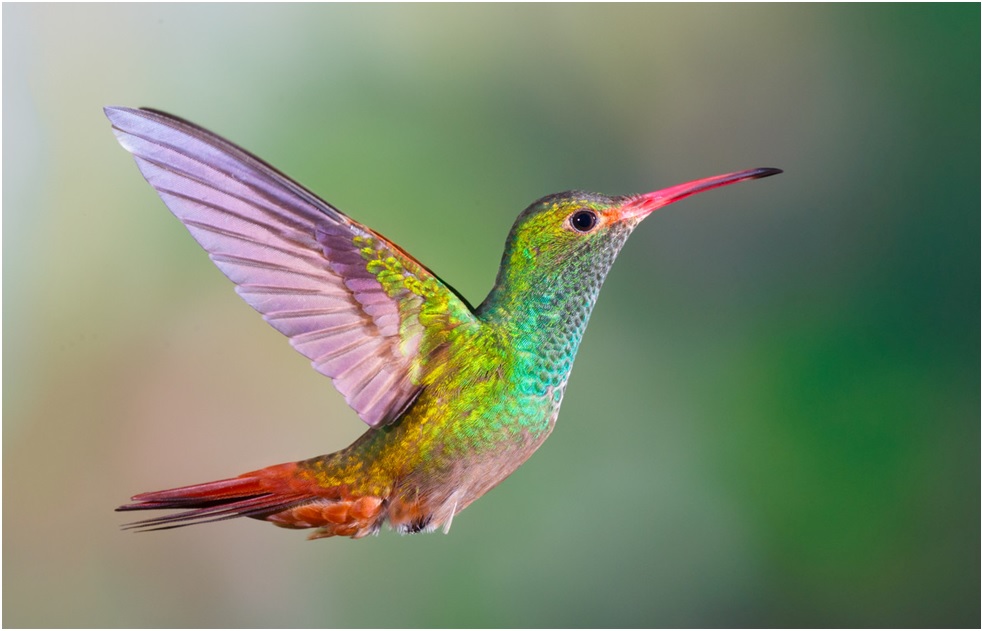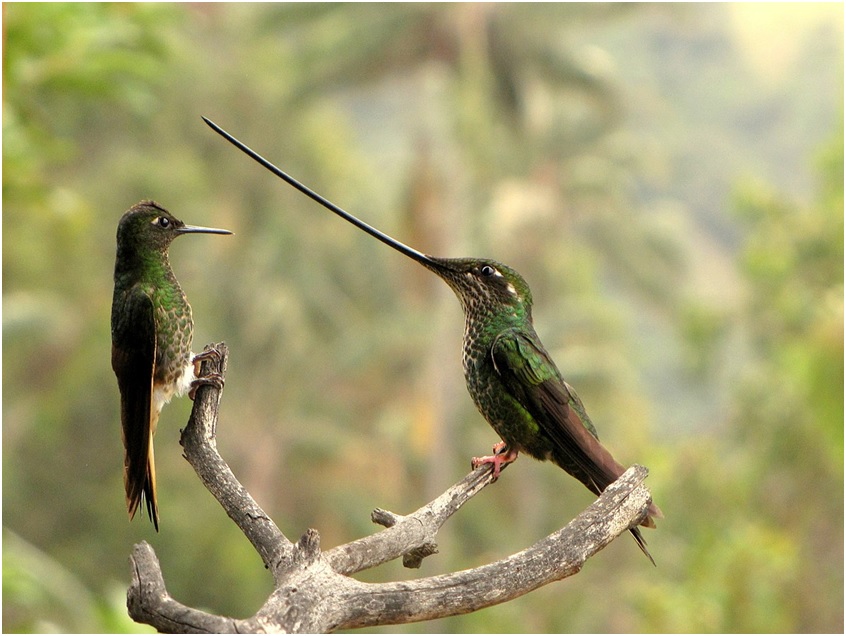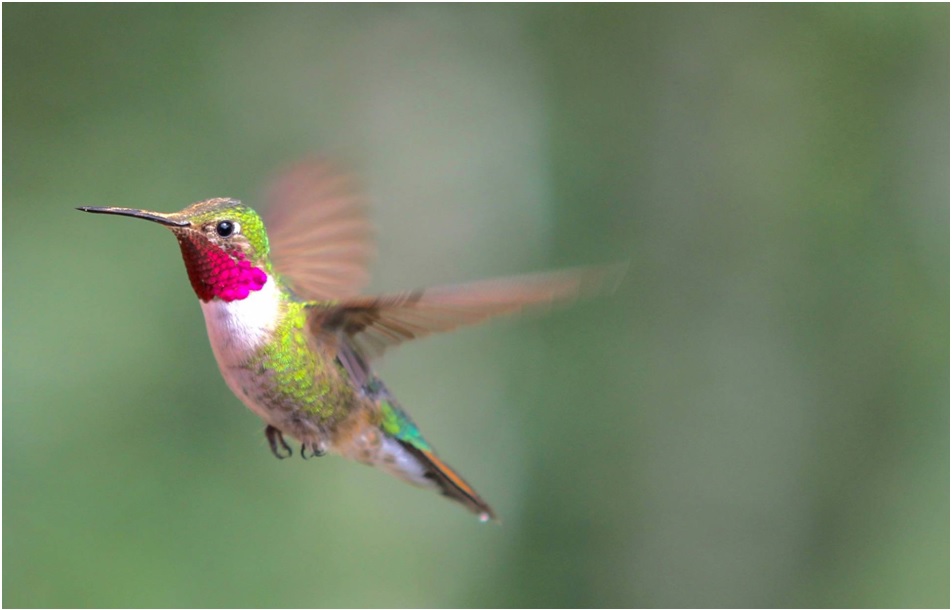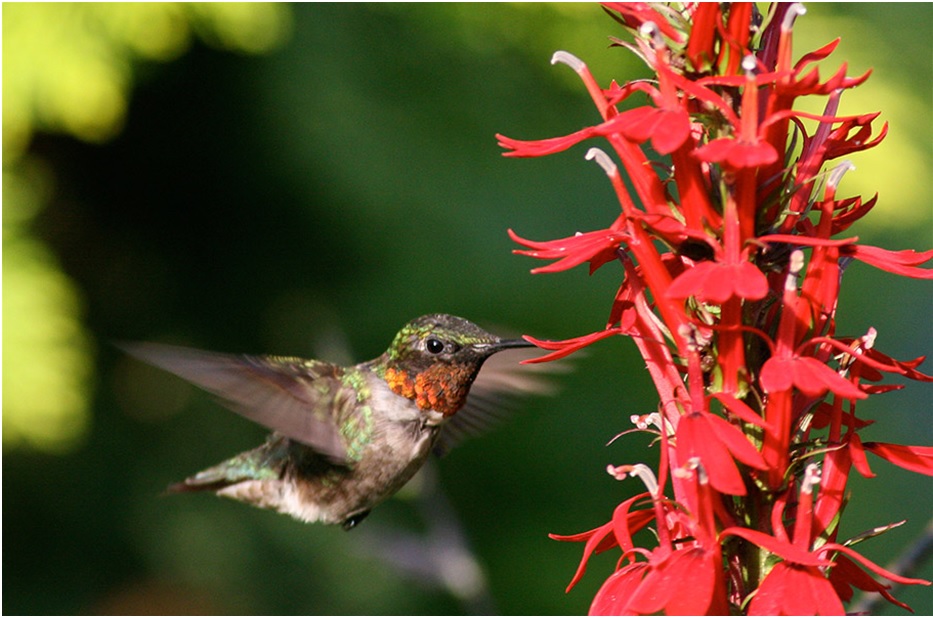Best Online Hummingbird LIVE Webcams

Have you ever seen a hummingbird? These mesmerizing species are native to the regions of Central and South America, widely known for being the smallest birds on Planet Earth. Their lightweight and tiny size enable them to fly up to 200 mph in every possible direction.
Hummingbirds spend the summers in the northern areas but migrate to the south before winter arrives. Their sharp eyesight and hearing compensate for the absence of smell, assisting them in the search for food sources like nectar.
In order to learn more about their habits, birdwatchers set online webcams at their habitats. There are numerous informative websites, such as Bird Informer – Hummingbird Live Cam, providing birdwatchers with live hummingbird cams that offer insight into the appearance, behavior, migrating habits, and lifecycle of these species.
Such online cameras can teach you a lot about the following aspects.
Interesting facts
Prior to observing hummingbirds through a live webcam, birdwatchers are supposed to get familiar with some interesting facts about these tiny creatures, regarding their physical appearance and behavior. Such trivia is undoubtedly beneficial for better observation of the world’s smallest birds.
For instance, hummingbirds don’t use their tiny legs for the purpose of walking or hopping but solely for flying. In fact, they’re capable of flying backward and sideways, which isn’t typical for any other type of bird. Despite their incredible eyesight, these feathered friends have no sense of smell, hence employing their powerful color vision to search for nectar.
Moreover, while observing the habits of hummingbirds through an online webcam, you’ll notice that these mesmerizing creatures eat at least five to a maximum of eight times per hour. Their W-shaped tongues assist them in licking nectar, particularly the tiny hairs that enable better swallowing. The floral nectar provides them with the necessary amount of natural sugar, which they immediately convert into energy.

Hummingbirds are appealed by bright colors, particularly by red. These feathered friends have an exceptional memory of flowers and locations, thus remembering the location of every person that acted as their feeder. In case you ever feed such a bird in your yard, it’ll certainly become a regular visitor to your beloved garden. Read more about the fascinating memory of these creatures.
How to identify such birds?
In order for birdwatchers to be certain that the birds they see on the online cams are actually hummingbirds, they’re advised to try a couple of identification methods. Firstly, birdwatchers are supposed to analyze the appearance of the bird by looking for specific features, regarding size, body shape, and color.
Hummingbirds are known for their vivid throat colored stripes, as well as for their distinctive eye rings. All species are characteristic for their plumage coloration, especially in the region of their head, wings, and back. Naturally, size is the most obvious indicator, as these species are classified as the smallest birds in the entire world.

Another effective method of identifying such species is observing their behavior. These birds are specific for their flicking tail and their habit of hovering in the course of feeding. Despite their tiny size, hummingbirds are believed to be aggressive even towards members of their own species when trying to defend their territory. The sounds and songs these creatures produce also separate them from the notes produced by other birds.
The territory is yet another helpful aspect of the identification process. Although these birds are native to different parts of Central and South America, their migration routes take them to geographic regions that aren’t their typical habitats. The following link, https://www.thespruce.com/when-is-hummingbird-migration-386451, explains the main factors that influence the migration of these species.
How to attract them?
In order to make your backyard inviting for hummingbirds to visit, it’s important to introduce certain changes these species find appealing. For instance, make sure you plant a multitude of red flowers, as these birds rely on color visualization to look for food, not on their smell. Also, place a couple of feeders with sugar water around the yard. The mixture of water and sugar suffices the need for sugar that these feathered creatures constantly feel.

Nevertheless, you’re obliged to clean the feeders regularly, as these are likely to get moldy from the constant exposure to weather elements. It’s paramount to replace the sugar water every couple of days to protect the birds’ health. Although they have impeccable eyesight, you’re still advised to place the feeders on a visible location, preferably painted with red color.
Furthermore, you’re recommended to place the feeders at a reasonable distance from one another, as hummingbirds are most likely to start a nectar fight. As long as they see solely one feeder but aren’t aware of the others in your garden, there’s no reason for them being aggressive.
Ultimately, make sure you place the feeders at the exact same location every year in order to assist these species in finding their way back to your garden. Believe it or not, the spatial memory of these creatures is amazingly developed, thus allowing them to locate food sources all over the globe.
Lifecycle
Through the online webcams, birdwatchers are capable of witnessing the entire lifecycle of these species. Prior to laying her eggs, the female builds a nest in an optimal location that protects it against the wind, rain, and predators.
After spending five laborious days on forming the nest, the mother lays solely two eggs, within two days. It takes 16 to 18 days for the eggs to hatch, during which period the female makes sure the eggs don’t get cold, thus leaving the nest for no more than five minutes per hour.
Once the eggs hatch, the featherless babies use their beaks to come out of the eggshell. Their eyes are completely closed during the first few weeks, hence relying on their mother for food. Also, the bodies of the babies are dark until colorful feathers start to grow.
Conclusion
Live cams help birdwatchers learn a lot about hummingbirds.
Such insight is impossible without technology!